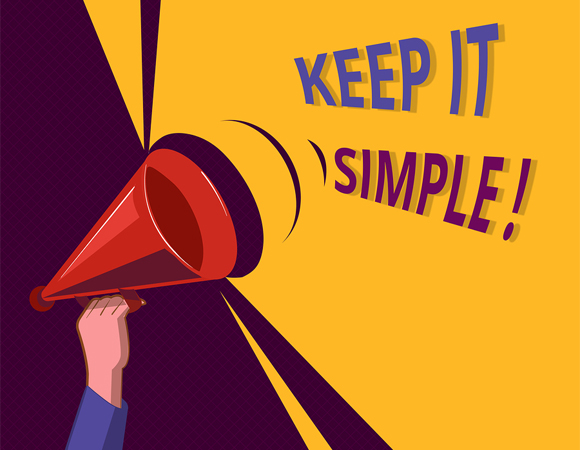By Steve Adubato, Ph.D.
There’s too much information out there and it seems to be getting worse every day. Often people say that the problem in a particular organization is that “more communication is needed.” However, the fact is, it is rarely more communication or information that is lacking, but rather, more effective, relevant and strategic information.
Consider the following:
--More communication or information isn’t always a good thing. The Internet and social media is filled with lots of information, but how much of it is actually pertinent to our lives? Our televisions now offer hundreds of channels – lots of choices, lots of information. But how much of it can we really use? Of the e-mails we get, how many of them are junk? Whether it’s the Internet, television or the reams of memos and e-mail that inundate us, we are constantly trying to manage and make sense of the information and data in our lives.
--Numbers and data are numbing. One of the biggest problems people make when giving presentations is that they simply have too much data or too many facts that they are trying to communicate. What they don’t realize is that the more information they want to cram into the heads of their audience, the greater the likelihood that they will lose, confuse and in fact bore their audience.
--Cut your speech in half. Research shows that the vast amount of information that you communicate in a speech or presentation will be forgotten by most of your audience within five minutes. Further, much of what people are convinced they remember, they remember incorrectly. Just like a columnist must edit his writing to fit the allotted space in a newspaper, the same is true of a presenter. So next time you have to give a presentation, consider cutting it down by at least half. If you plan to speak for 20 minutes, only speak for ten.
--Our minds hate confusion. We often present the way we do, cramming in every fact, number or statistic, in order to show how smart we are. Well, most people aren’t impressed. They just think we’re trying to tell them everything we know rather than thinking about the information they might actually care about or find relevant. But doing “data dumps” continues to be the norm in too many organizations. We have all sat through presentations where the presenter runs through 20 or more slides, literally reading the overwhelming amount of text on each slide. Not only do we fade out, but we could have read all that information in a handout or, better, yet, the presenter could go green and let us know where to find that information on his or her website. As an audience, we want to be engaged, not lectured to.
--Less is more. Many of us are still convinced that the more voluminous a presentation or report, the more likely we are to get positive feedback. It’s just like in college or high school, when the teacher asks you to write a term paper that is no longer than ten pages, and you submit one that is 20 pages. We delude ourselves into thinking that 20 pages will help us get a better grade. Rarely does it work that way, particularly when the teacher grading the term paper can’t figure out what the point is. I’m convinced we give long speeches and write lengthy term papers, because we think doing so covers our behinds and implies that we did a lot of work. In truth, that approach is often the product of laziness.
Simply put, the hard work is in editing, cutting down, and prioritizing communication. This comes down to making tough choices and asking ourselves some hard questions about what is really important both to us and our audience. My advice? Start editing right away. Your audience will appreciate you for it.
